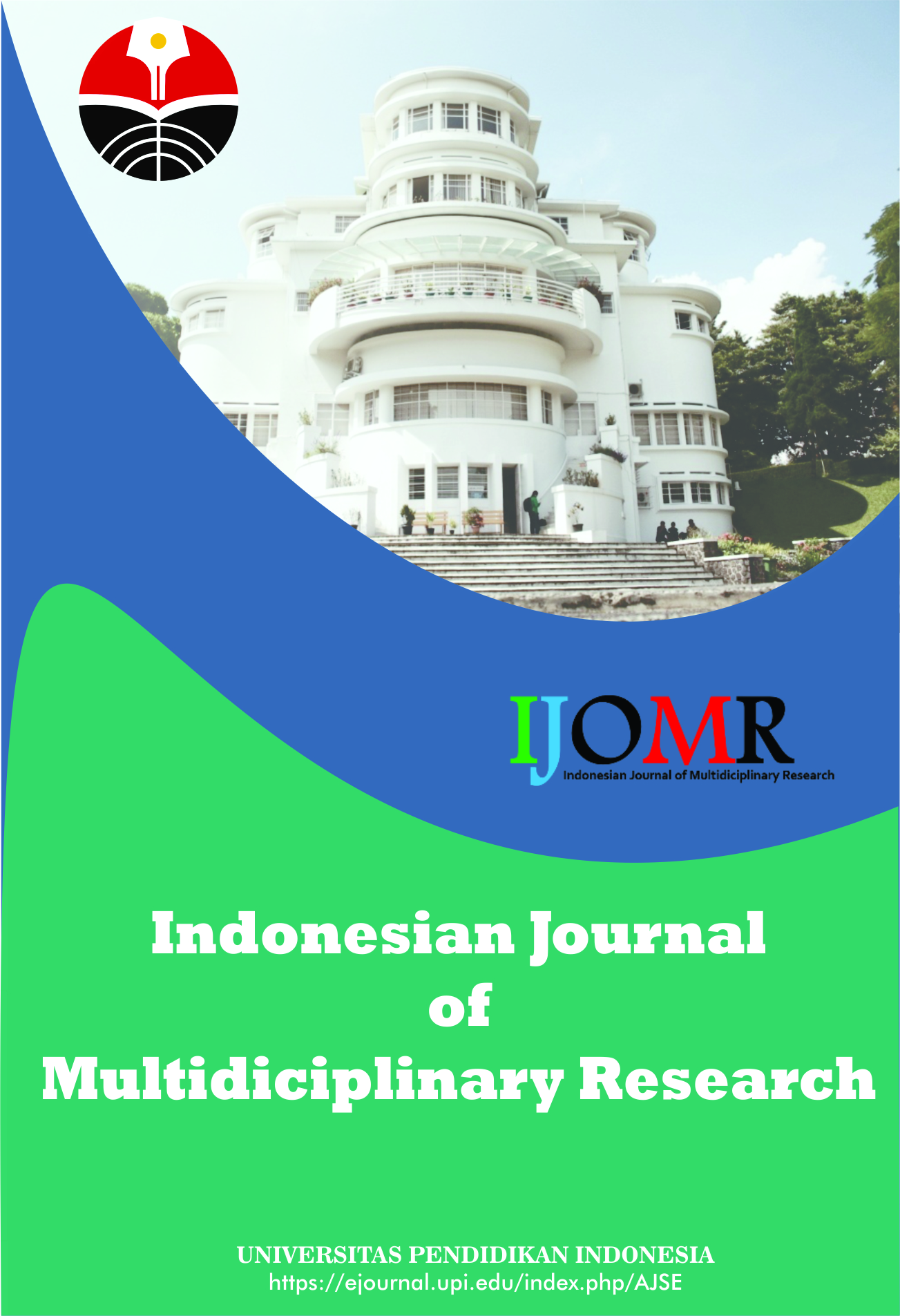Effect of Webinar Multimedia Platform on Students’ Academic Performance in Selected Educational Technology Concepts in University of Ilorin
Abstract
The study investigated the effect of Webinar Multimedia Platform in selected Educational Technology Concept on Students’ Academic Performance in the University of Ilorin. A descriptive study design was adopted for the measurement of respondent’s opinions on the issue related to webinar multimedia tools and students’ academic performance. The study population constitutes 50 students in the Educational Technology Department at the University of Ilorin considering t-test statistical tools. The findings of the study revealed that (i) There was no significant difference between the performance of undergraduates taught selected educational technology concepts using Webinar and those that were taught with the conventional lecture method in favor of the experimental group; (ii) There was no significant difference in the mean score’s performance of male, and (iii) female students that were exposed to Webinar, (iv) The students that were exposed to Webinar had positive reactions toward the use of Webinar, and (v) There was no significant difference between male and female students’ reactions towards the use of Webinar. The study concluded that Webinar was used and found effective for learning the selected Educational Technology concepts. The two hypotheses that were tested were retained. Based on the findings, the researcher recommends that Webinar is a very effective supplementary tool that will enhance students’ academic performance.
Keywords
Full Text:
PDFReferences
Akinoso, O. (2018). Effect of the Use of Multimedia on Studentsâ   Performance in Secondary School Mathematics. Global Media Journal, 16(30), 1-8.
Al Badi, A. A., Osman, M. E. T., and Abdo, M. (2020). The impact of virtual writing tutor on writing skills and attitudes of Omani College students. Journal of Education and Development, 4(3), 101.
Aljumah, F. H. (2012). Saudi learner perceptions and attitudes towards the use of blogs in teaching English writing course for EFL majors at Qassim University. English Language Teaching, 5(1), 100-116.
Aydin, S. (2014). The use of blogs in learning English as a foreign language. Online Submission, 4(1), 244-259.
Bell, A. E., Spencer, S. J., Iserman, E., and Logel, C. E. (2003). Stereotype threat and women's performance in engineering. Journal of Engineering Education, 92(4), 307-312.
Dania, P. O. (2014). Effect of gender on students academic achievement in secondary school social studies. Journal of Education and Practice, 5(21), 78-25.
Ghavifekr, S., and Rosdy, W. A. W. (2015). Teaching and learning with technology: Effectiveness of ICT integration in schools. International Journal of Research in Education and Science, 1(2), 175-191.
Islam, F. S. P. (2020). The Use of Multimedia and its Impact on Bangladeshi EFL Learners at Tertiary Level. International Journal of Language Education, 4(2), 150-157.
Khechine, H., Lakhal, S., Pascot, D., and Bytha, A. (2014). UTAUT model for blended learning: The role of gender and age in the intention to use webinars. Interdisciplinary Journal of E-Learning and Learning Objects, 10(1), 33-52.
McQuarrie, E. F., Miller, J., and Phillips, B. J. (2013). The megaphone effect: Taste and audience in fashion blogging. Journal of Consumer Research, 40(1), 136-158.
Mukherjee, S. (2018). Role of multimedia in education. Edelweiss Applied Science and Technology, 2(1), 245-247.
Ruthotto, I., Kreth, Q., Stevens, J., Trively, C., and Melkers, J. (2020). Lurking and participation in the virtual classroom: The effects of gender, race, and age among graduate students in computer science. Computers and Education, 151, 103854.
Shamsideen, S. A. (2016). Factors responsible for improving low academic performance on adult enrollees in selected literacy centres in ajeromi ifelodun local government area of Lagos state. Journal of Educational Research and Reviews, 2(5), 37-42.
Shashaani, L., and Khalili, A. (2001). Gender and computers: Similarities and differences in Iranian college students' attitudes toward computers. Computers and Education, 37(3-4), 363-375.
Stošić, L., and Stošić, I. (2015). Perceptions of teachers regarding the implementation of the internet in education. Computers in Human Behavior, 53, 462-468.
Wan Chik, W. Z., Salamonson, Y., Everett, B., Ramjan, L. M., Attwood, N., Weaver, R., ... and Davidson, P. M. (2012). Gender difference in academic performance of nursing students in a Malaysian university college. International Nursing Review, 59(3), 387-393.
Wang, S. K., and Hsu, H. Y. (2008). Use of the webinar tool (Elluminate) to support training: The effects of webinar-learning implementation from student-trainers’ perspective. Journal of Interactive Online Learning, 7(3), 175-194.
DOI: https://doi.org/10.17509/ijomr.v2i1.38622
Refbacks
- There are currently no refbacks.
Copyright (c) 1970 Kantor Jurnal dan Publikasi, Universitas Pendidikan Indonesia (UPI)

This work is licensed under a Creative Commons Attribution-ShareAlike 4.0 International License.
Indonesian Journal of Multidiciplinary Research (IJOMR) is published by Universitas Pendidikan Indonesia (UPI)















